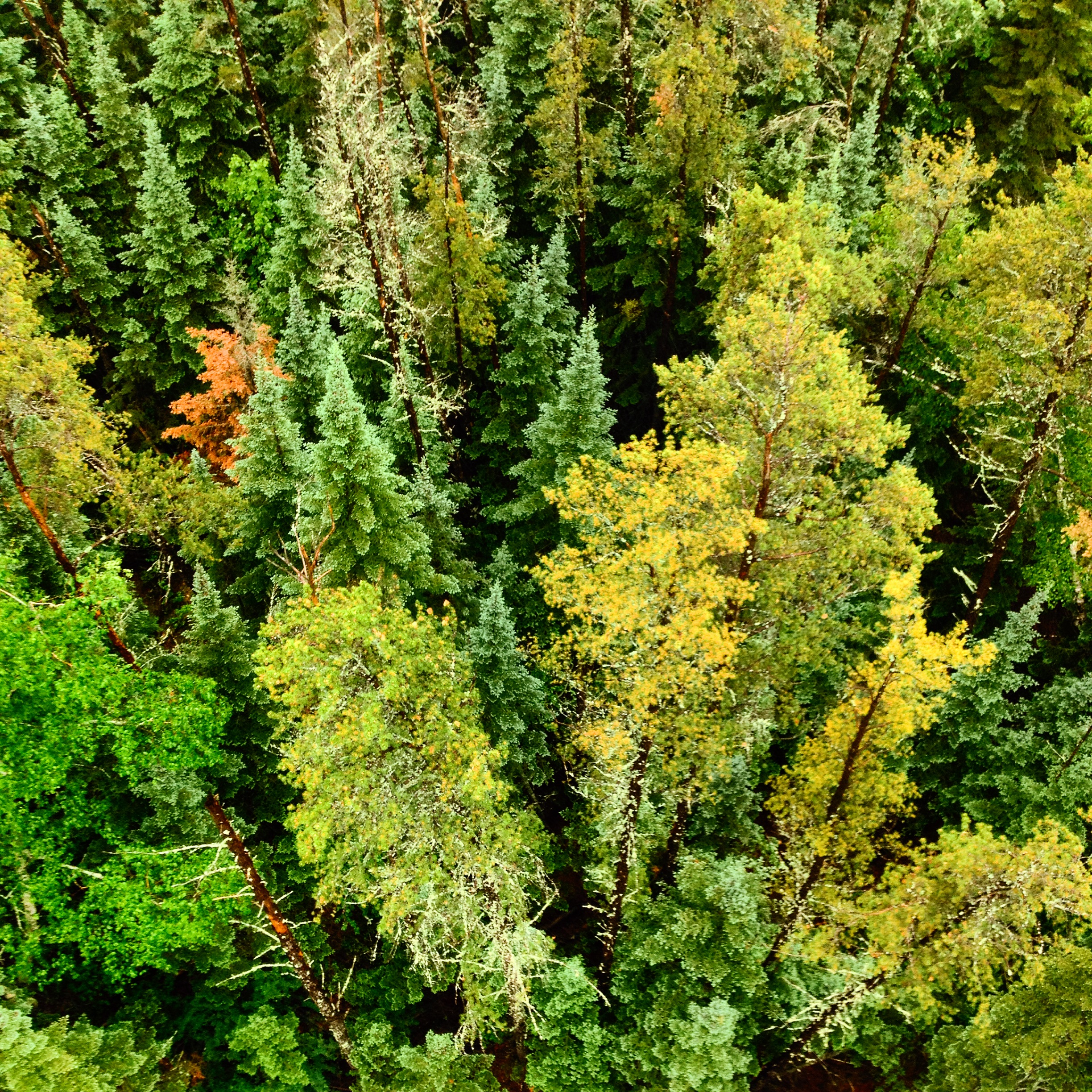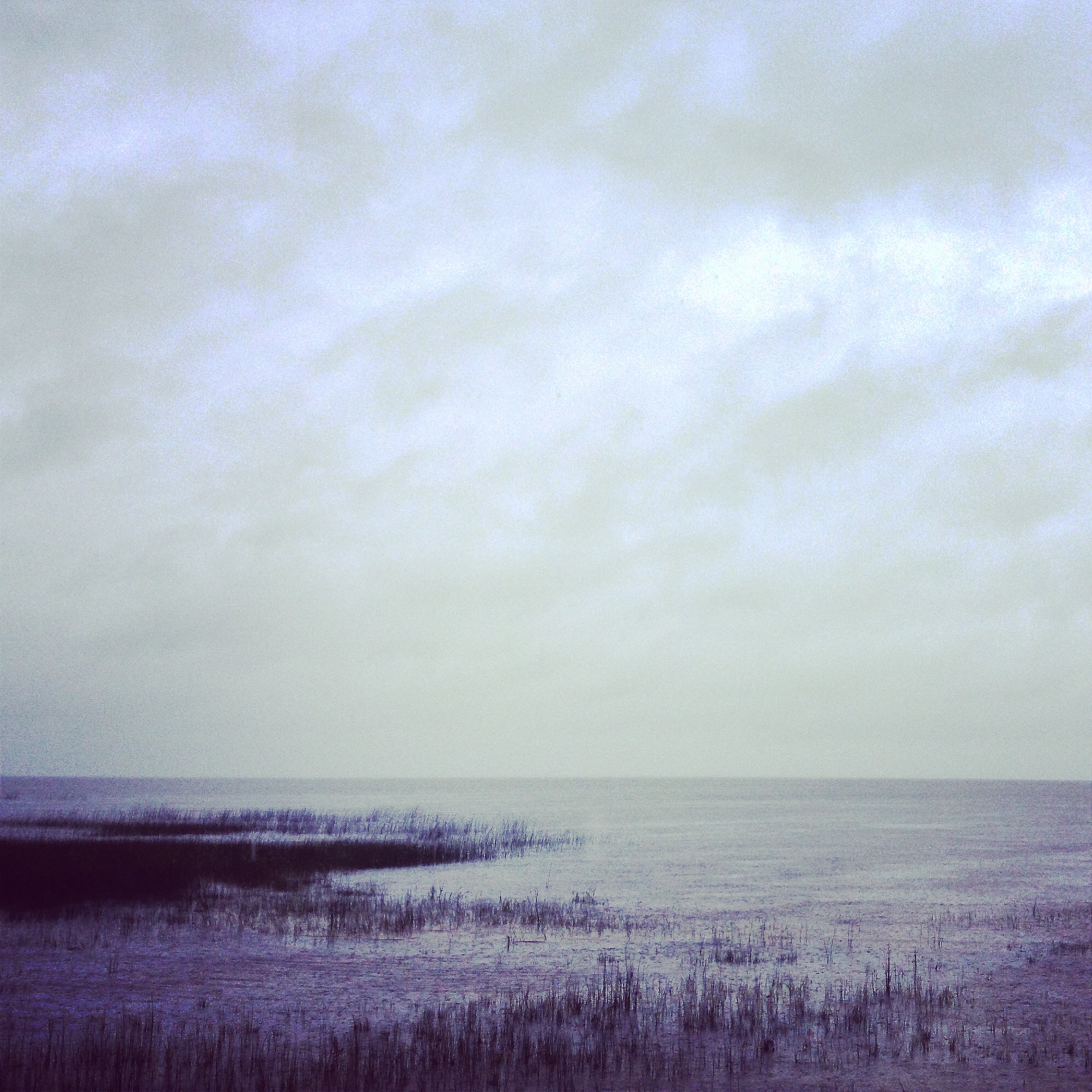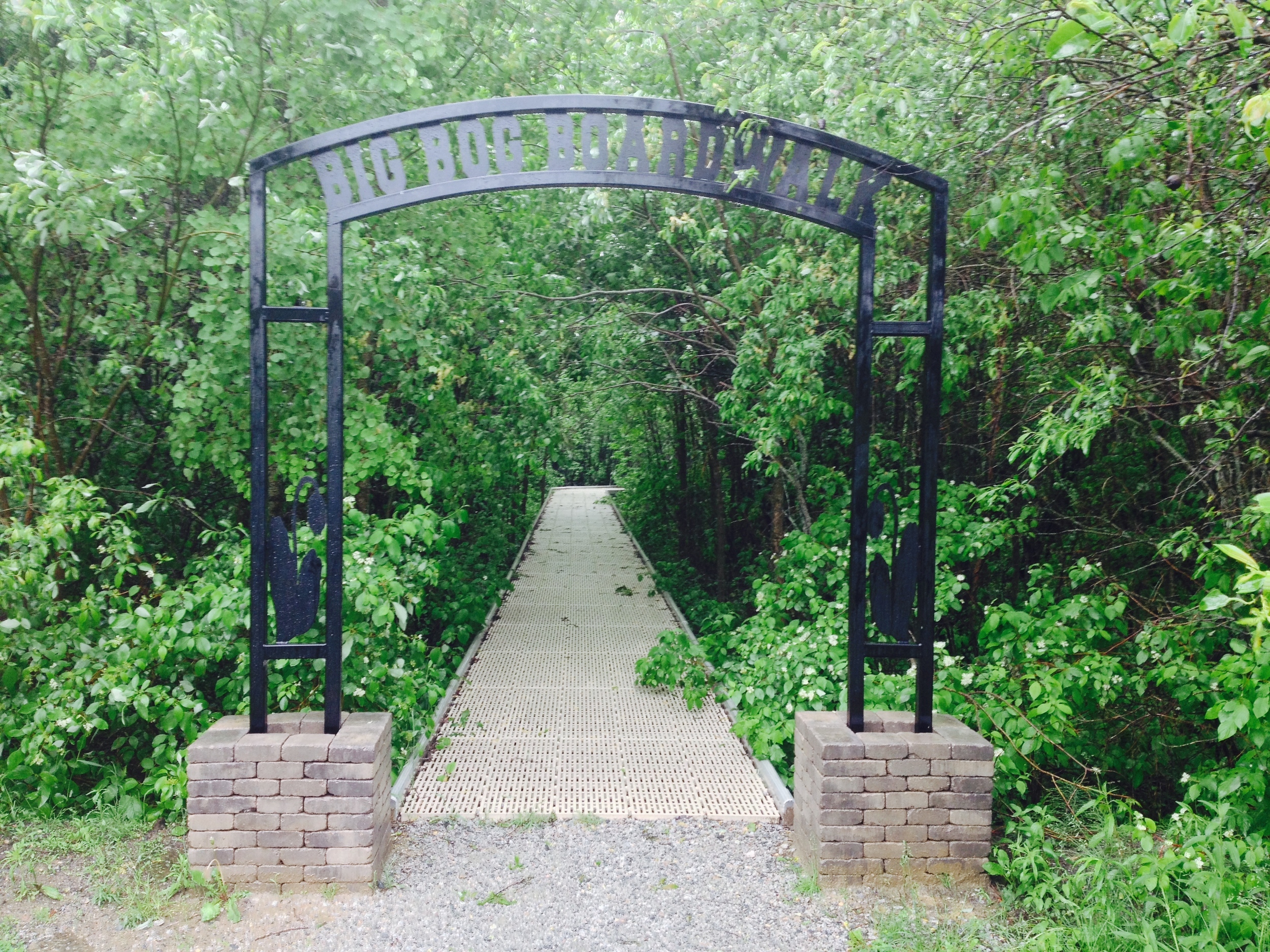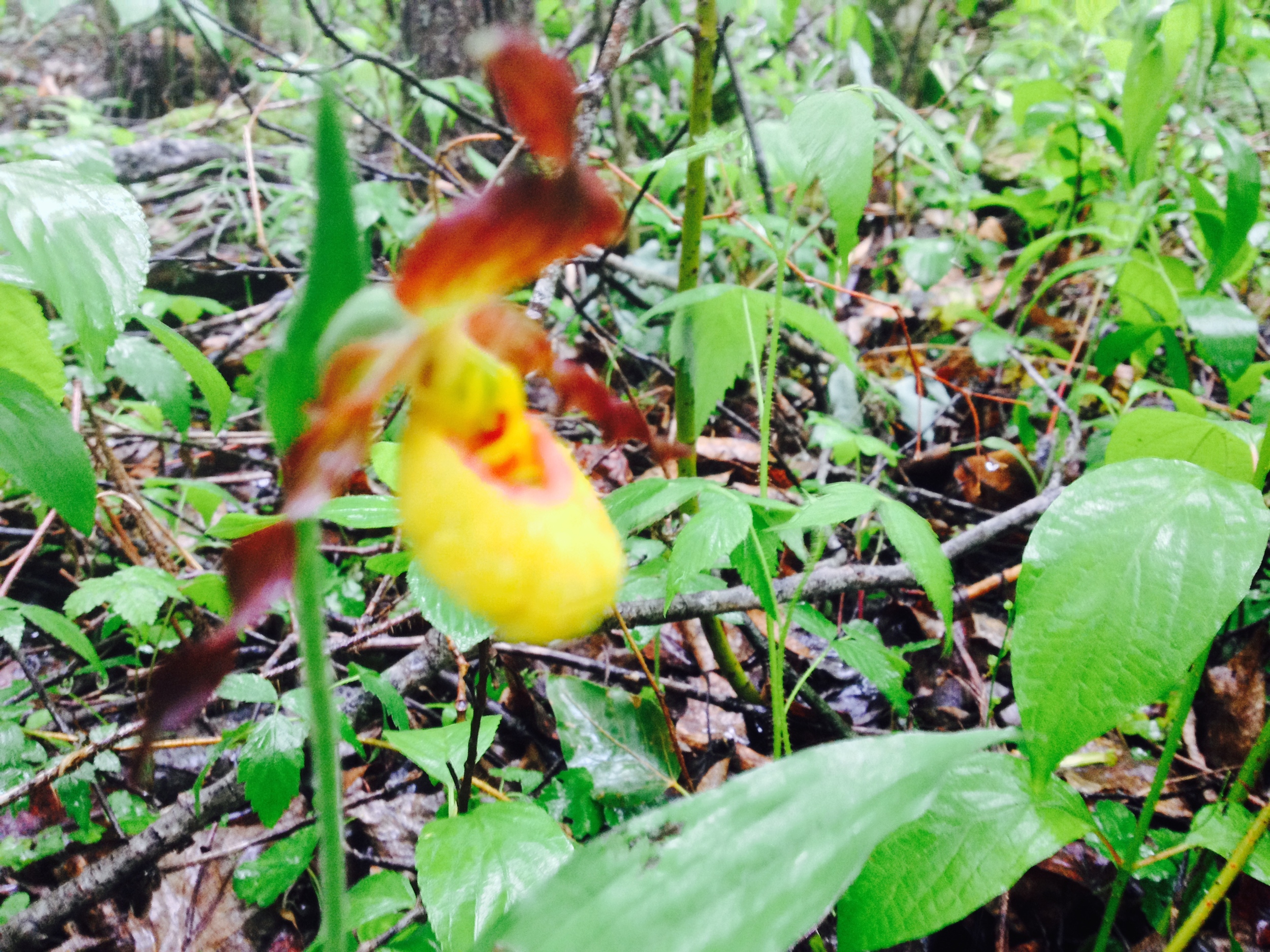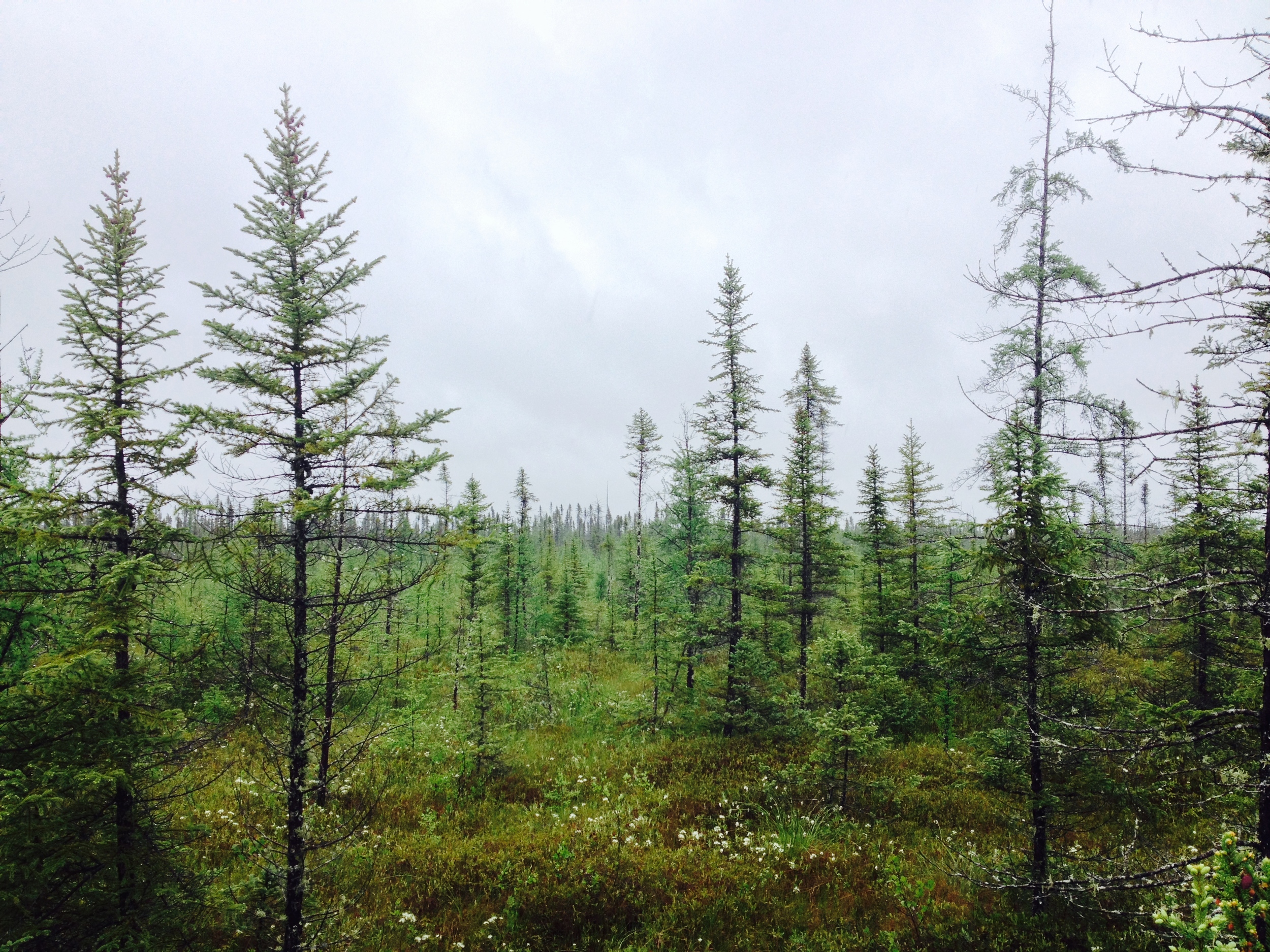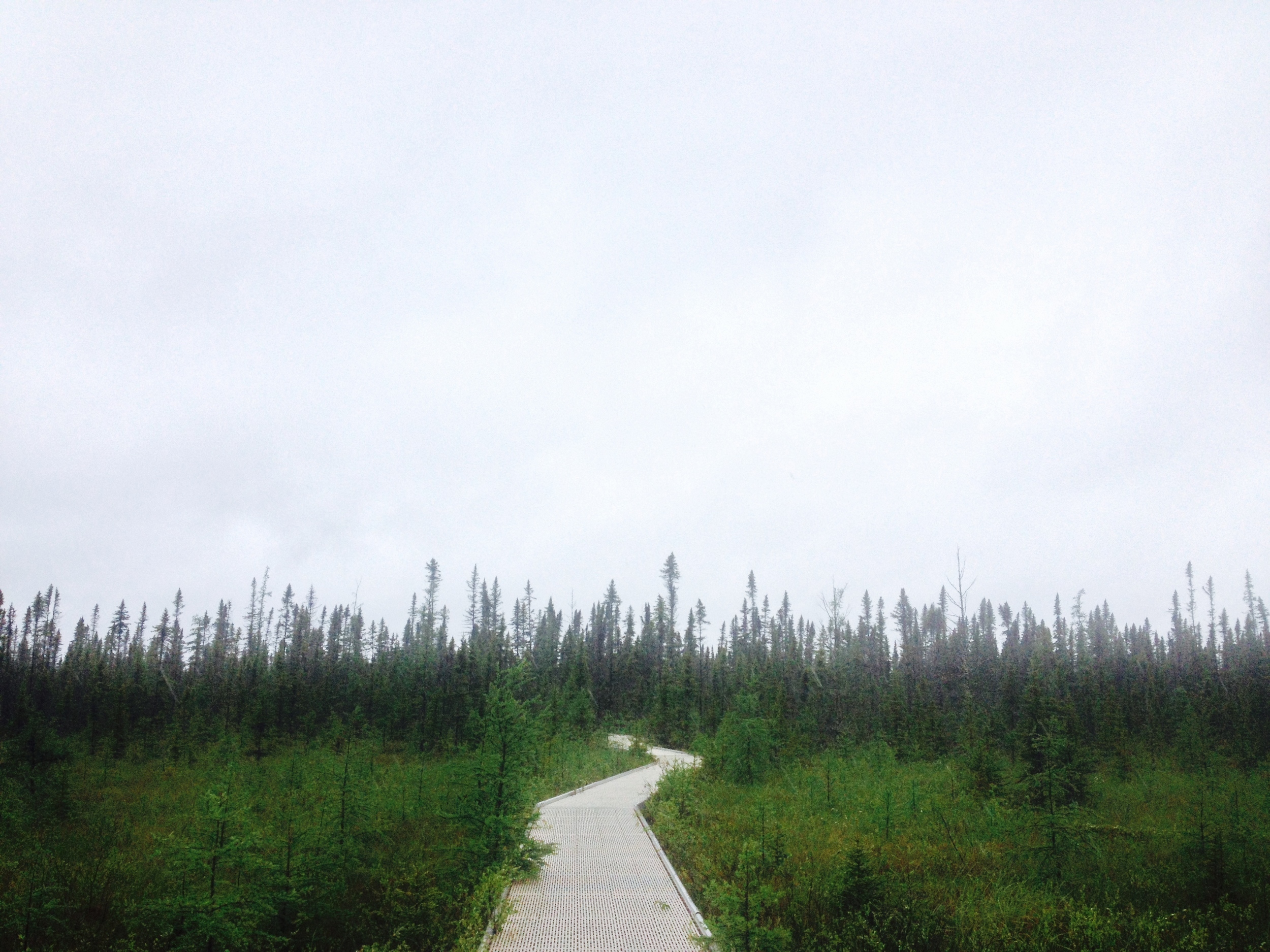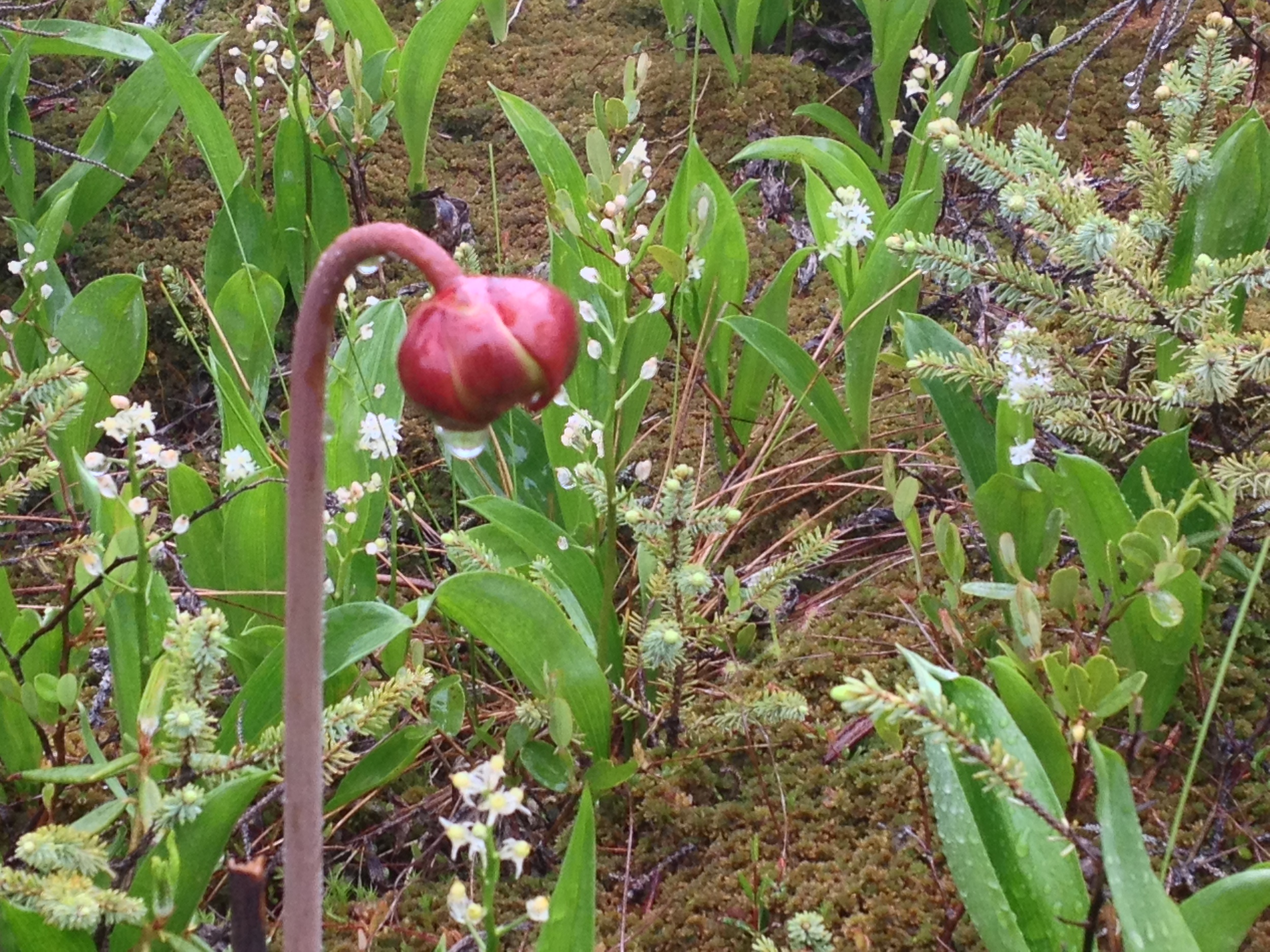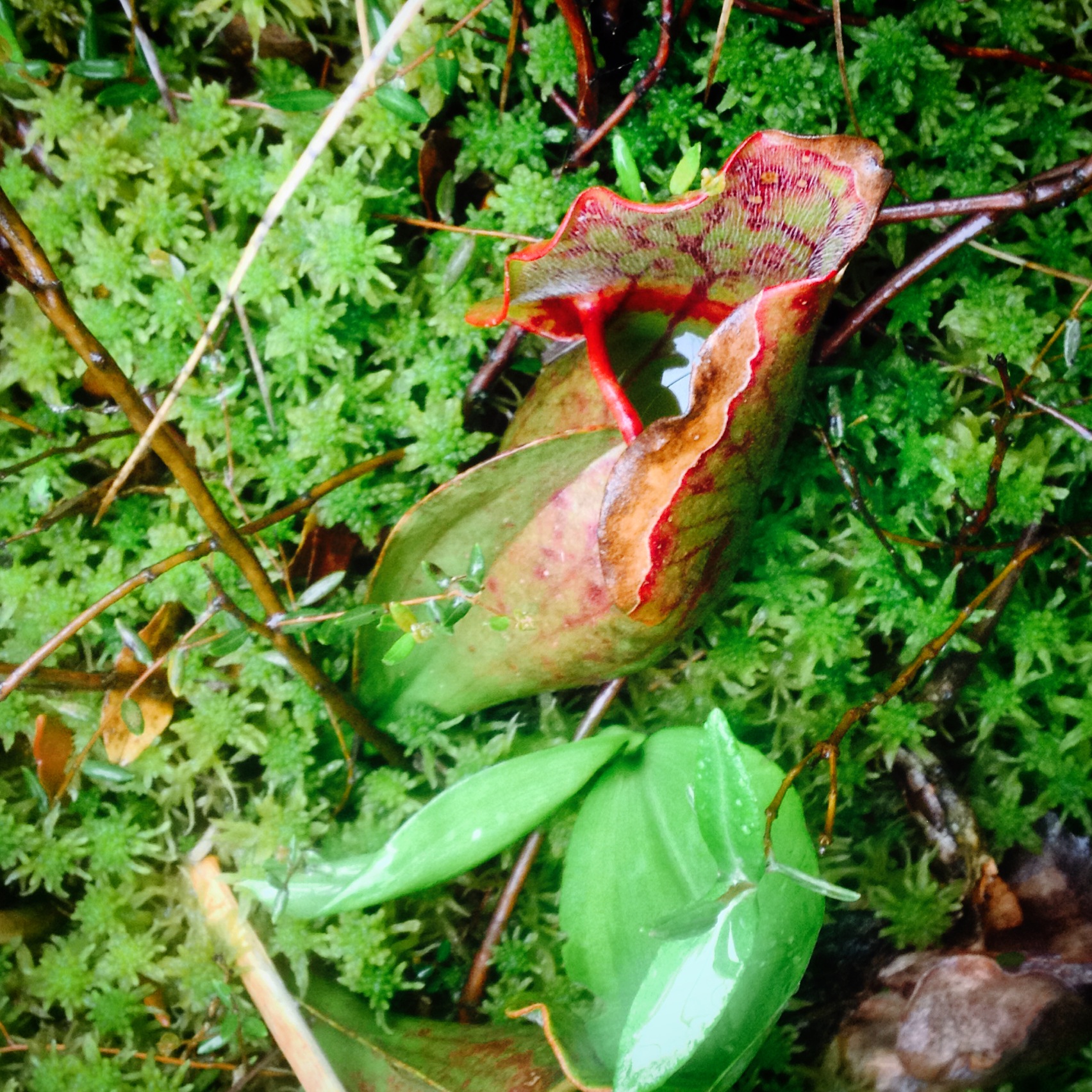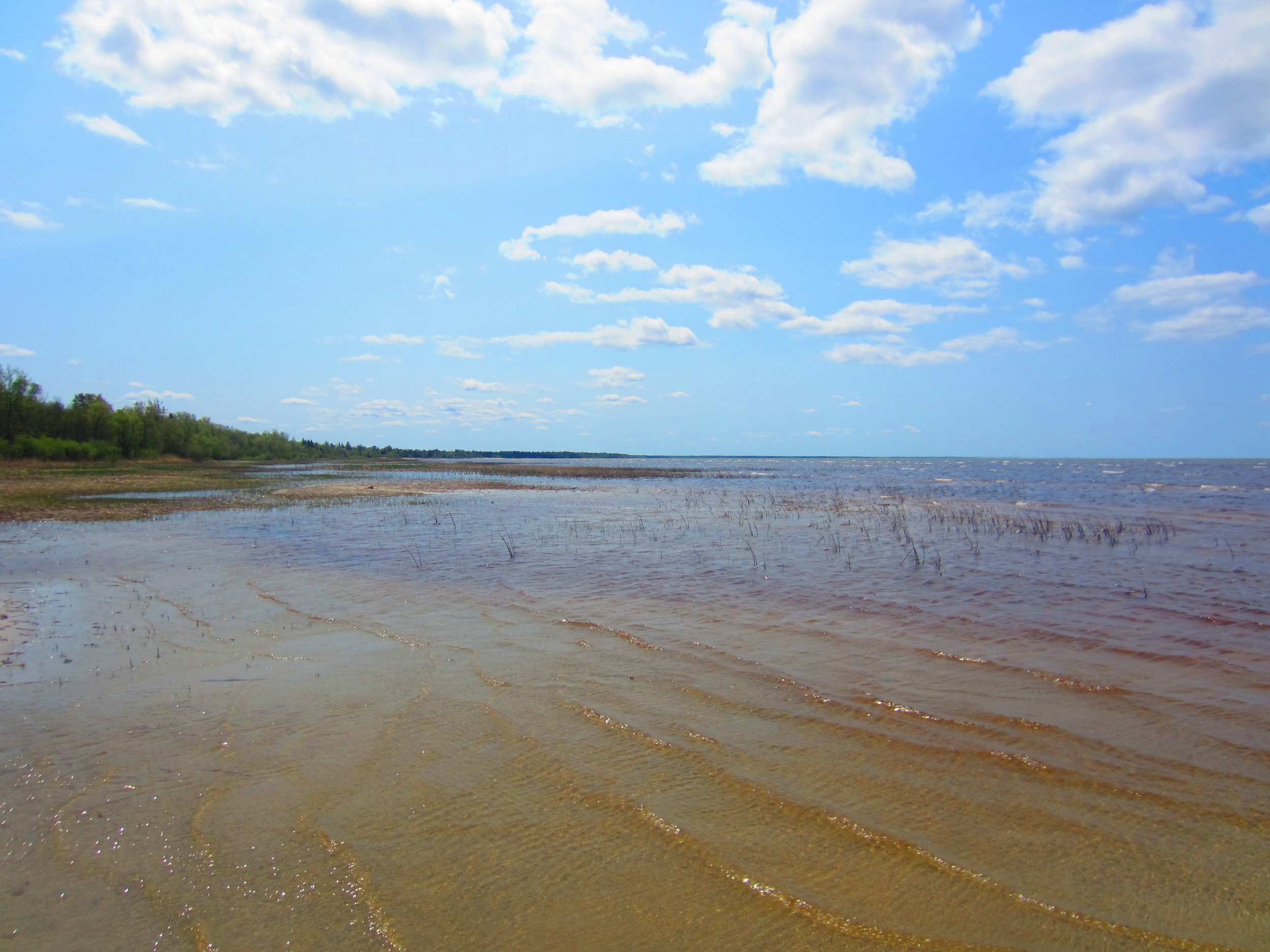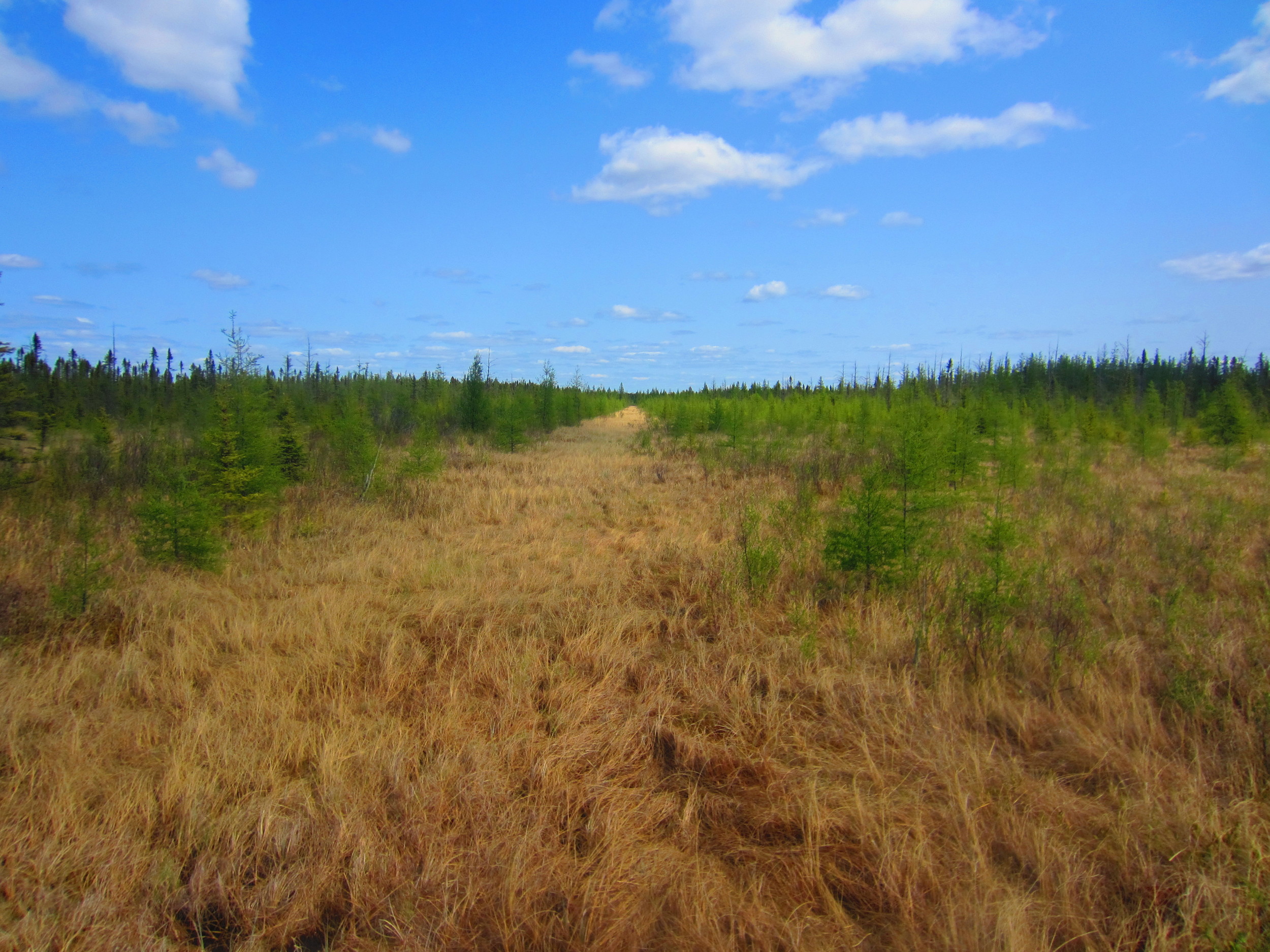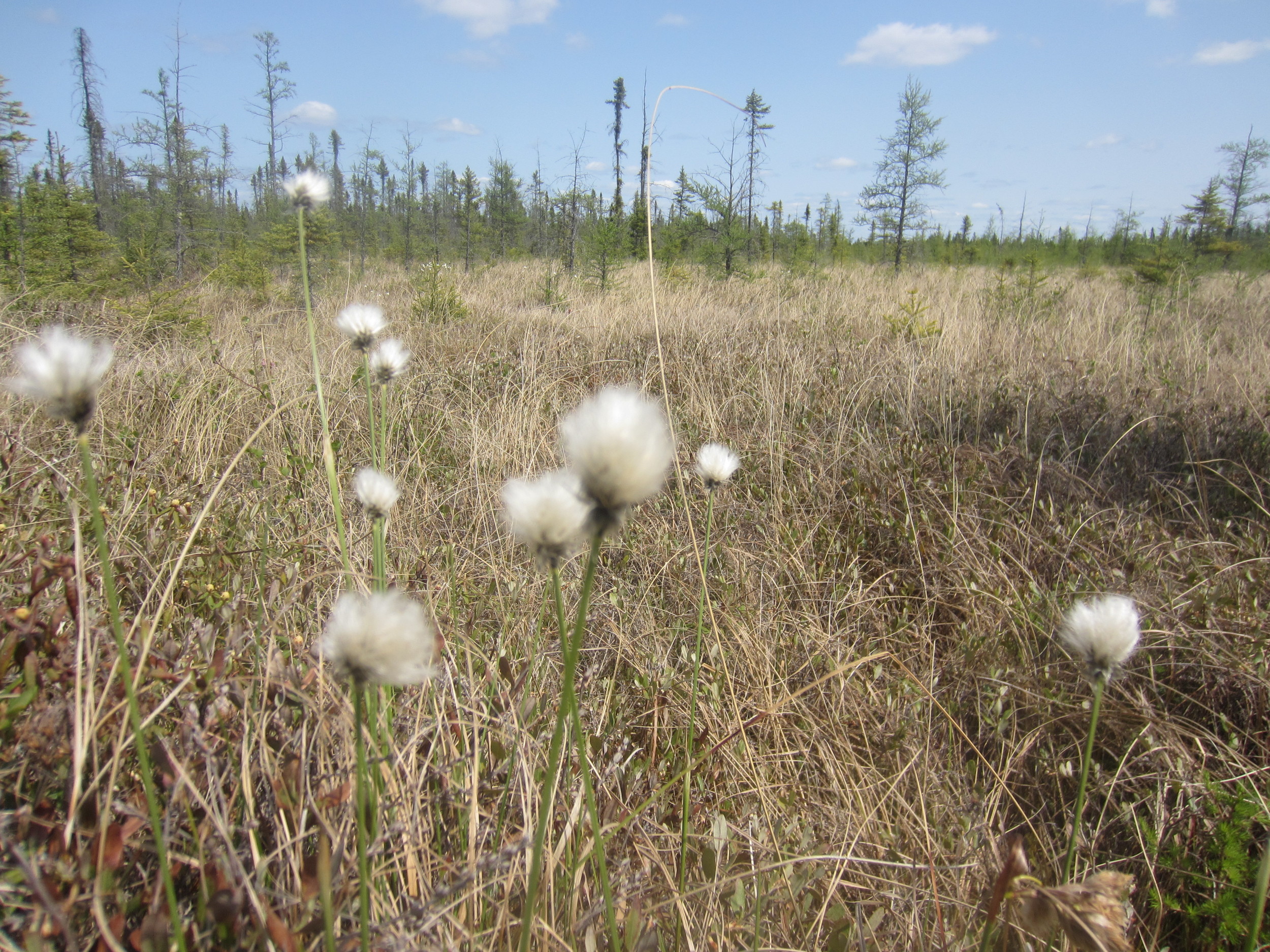The Stunted Forest at Big Bog State Recreation Area
The Park: Big Bog, an uninspired name for the 500 sq. mile bog in north central Minnesota (the largest in the contiguous United State), is sometimes called Minnesota's last true wilderness. Not even the Boundary Water Wilderness is so remote, unvisited, and uninhabitable. All attempts at settlement failed - the bog wouldn't drain, the land couldn't be farmed, and mosquitos drove people mad. Wildlife has trouble in the wet, acidic peatland north of Red Lake. Bog Lemmings might thrive, but most mammals, like moose, deer, and caribou, only visit the bog, unable to make it a permanent home. Plants find the soil so inhospitable that several have turned carnivorous - actually eating insects, amphibians, and even small mammals - to supply the nutrients and energy the ground lacks, and a two hundred year old spruce can look like a sickly sapling, never having the conditions it need to grow to its full potential. Even normal words seem to fail when describing a bog - quagmire, peat, sphagnum, fen, and flark are among the strange vocab that has grown up around bogs. It's easy to see why I find bogs one of the most interesting ecosystems in the state and even named this site after it.
Pitcher Plants just about to bloom at Big Bog State Recreation Area.
Big Bog State Recreation Area is divided into a north unit and a south unit. The south unit is on Red Lake - the largest lake completely within Minnesota - boasts a fire tower, and is popular with fishermen. The northern unit is the bog walk, which I'll talk about in the hike section. The park was created in attempt to bring people up after the collapse of the walleye population in Red Lake destroyed the tourism economy of the area.
The Hike: The hiking club trail follows a one mile (2 mile round trip) boardwalk that penetrates into the heart of the Red Lake Peatland known as the Bog Walk. For such a short and easy hike, the bog walk offers an excellent sampling of what you can find in a bog. It's also about as far as you'll ever be able to just walk into a wetland like this - scientists reach the most of the bog only by helicopter. The path starts on a bog island which quickly transitions into a stunted spruce/tamarack forest. You'll get to see where the government tried and failed to drain the bog for agriculture. Keep your eyes on the sphagnum moss and blueberries that carpet the bog for rare orchids (there are over 40 species in the area), carnivorous plants like the pitcher plant and the sundew, or bog lemmings. I'm also convinced that if you were to hike it in the night (something I would be too terrified to do even if it was allowed), you'd see a Will-o-Wisp floating over its surface - although the bog cotton does a good imitation even during the day.
An eerie landscape at Big Bog State Recreation Area
Normally I'm all for exploring off the beaten path, but in this case, I must advice against it. Not only is it damaging to the extremely fragile ecosystem, the bog is filled with hidden holes and flarks that could suck you many feet underground/water like a giant sponge where you would most certainly drown.
The Drive: This drive to Big Bog goes through Chippewa National Forest, which I wroth in great length on in this post. The drive is long, but scenic. Don't be afraid to make a few pitstops on the way - especially at the Lost 40 SNA or one of the National Forest recreation areas along the road.
Miles Hiked: 71.8
Miles Driven: 3560
Arbitrary Rating: 5 Flarks/5
